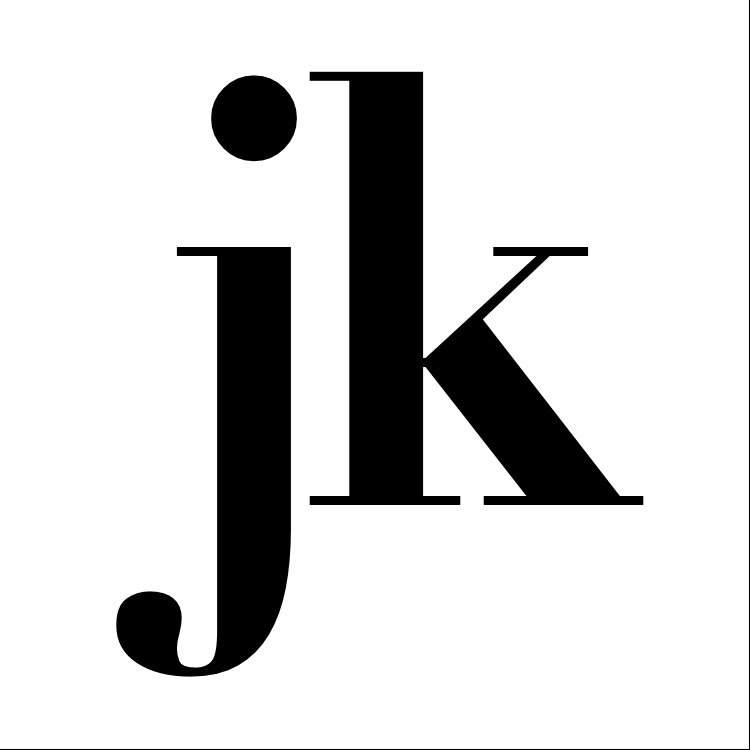Paper vs. Electronic
One of the lovely things about living in the US is subscribing to the New York Times, which I particularly love because of the Book Review. It now includes a segment called By the Book, which features a Q&A with various writers. Recently, it was the American novelist and nonfiction writer, Anne Lamott, and my attention was caught by her final response to the question, Do you read paper or electronic books?
I read both paper and e-books, but please don’t tell my publisher this. E-books are great for instant gratification—you see a review somewhere of a book that interests you, and you can start reading it five minutes later. At least I still know it is wrong. But when all is said and done, holding a printed book in my hands can be a sacred experience—the weight of the paper, the windy sound of pages turning, like a breeze. To me, a printed book is like a cathedral or a library or a beach—holy space.
Now, I have a Kindle, but I haven’t read anything on it since I took it with me on my loooong journey to Africa in August. It is certainly marvelous to be able to download several books onto something as light and handy as a Kindle, and there is no doubt that it is a convenient way to read quickly and easily. But I so completely share Anne Lamott’s view that holding a printed book can be akin to a sacred experience. I am in love with the tactile, visual and olfactory aspects of reading. When an order arrives from Amazon, I rip open the package immediately and, once I have turned the book over and over in my hands and stroked the cover, the next thing I do is open it at random and just inhale the gorgeous smell of a new book. There can be none of that with a Kindle. I find it very clunky to "page" back and forth in a book on an electronic reader, and the gray, generic presentation is a bit depressing. The thing is, I don’t simply want to consume the contents of a book, I want the sensual experience of absorbing it; an experience that is enhanced by the way particular typefaces are laid out on a page or how the cover identifies the book. When I think of my Jane Austen collection, for instance, I always conjure up in my mind’s eye the slender, leather-bound volumes that were given to me for my 21st birthday—the way the slightly crinkly pages have the imprint of the type, the way the smell conjures up for me Regency England—it’s part of the joy of going back to them.I have been afraid that my luke warm response to my Kindle somehow branded me as a fuddy-duddy—someone who was not keeping up with the times. Reading Anne Lamott’s view made me feel validated!Anne Lamott's complete interview is here:http://www.nytimes.com/2012/11/25/books/review/anne-lamott-by-the-book.html?_r=0&gwh=975AE15DB4427048679E09F9C163236E
